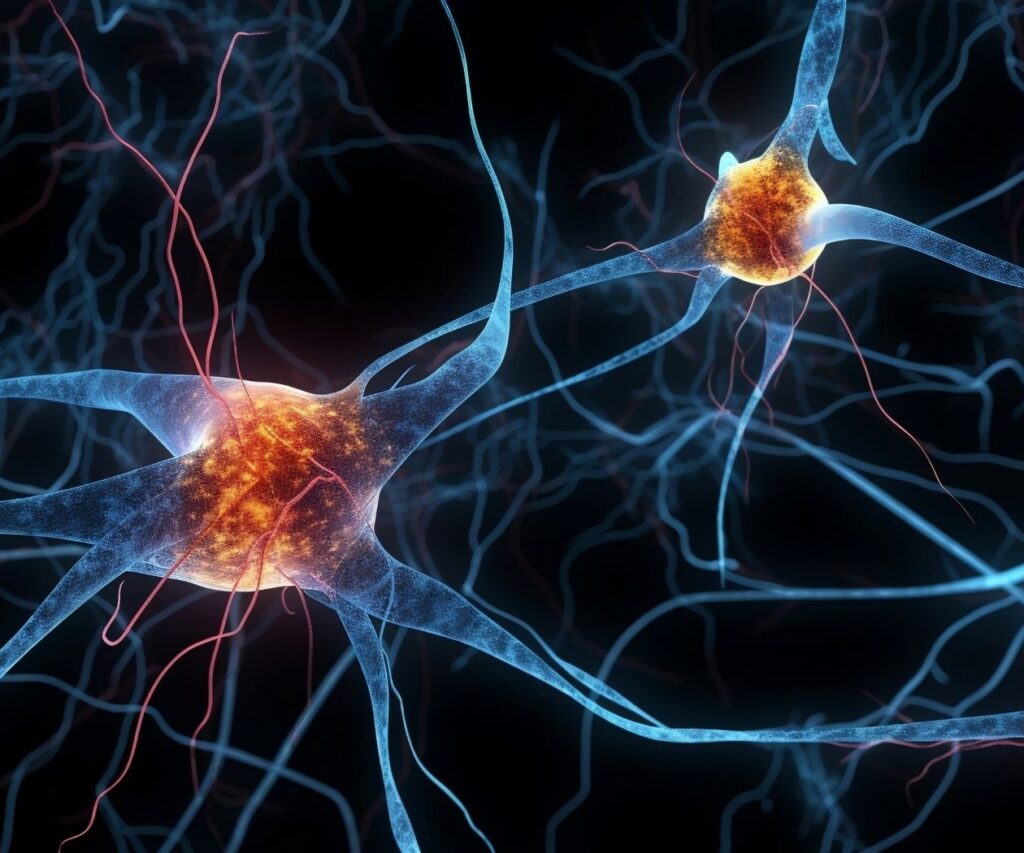
Join VA Foreign Medical Services to make a difference for Veterans

Over 1.7 million Veterans received mental health services at VA last year. Our services range from peer support with other Veterans to counseling, therapy, medication, or a combination of these options. Our goal is to help you take charge of your treatment and live a full and meaningful life
A large study of veterans found that nearly one-third (29%) of those who served during Operation Enduring Freedom and Operation Iraqi Freedom will develop PTSD at some point in their lives. As mentioned, Veterans PTSD rates vary based on many factors, including service era. According to the VA, lifetime veteran PTSD rates have increased more than eightfold since World War II, though the department notes that study methods may impact this data.
Gender is another factor that affects PTSD rates among veterans. Female veterans are more than twice as likely to experience PTSD (13%) as compared to male veterans (6%), according to the VA. The VA is still in the process of learning more about PTSD rates among transgender and non-binary veterans.
Military sexual trauma, the term used by the VA, accounts for all sexual assault and sexual harassment that happens during military service. Among female veterans seen by VA providers, rates of military sexual trauma are about one in three—considered a possible driver of high female veteran PTSD rates. About one in 50 male veterans report military sexual trauma, too. However, the department notes that this data doesn’t account for veterans seeking non-VA healthcare.
PTSD is not the only mental health condition affecting military service members. Substance use disorder (SUD) is also common, affecting about one in 10 veterans returning from war in Iraq and Afghanistan, according to VA data. As mentioned, SUD also often co-occurs with PTSD among veterans (and non-veterans).
Research shows that 9% of all appointments at outpatient military clinics are for depression. The military setting can trigger and worsen depression, with factors like separation from loved ones, combat stress, and exposure to danger increasing the risk for both active-duty personnel and veterans.
Death by suicide has long been a driver of veteran mortality, accounting for four times as many deaths as those in war operations since 9/11, according to a recent paper. The paper also concluded that this finding means the veteran suicide rate is outpacing the suicide rate among non-veterans for the first time since the Vietnam War.
Specifically, the veteran suicide rate is 1.5 times higher than that of the general population, according to the 2023 National Veteran Suicide Prevention Annual Report. In fact, suicide is the second-leading cause of death among veterans under 45 years old, the report concluded.
The conditions most commonly seen among veterans are treatable, and many veteran deaths by suicide are preventable. On a macro level, and above all, healthcare providers need to know the warning signs of mental health crises and increase military cultural competence. If you’re a veteran or have a military family member, though, there are still things you can do to promote veteran well-being. Here are three tips for supporting veteran mental health:
The conditions most commonly seen among veterans are treatable, and many veteran deaths by suicide are preventable. On a macro level, and above all, healthcare providers need to know the warning signs of mental health crises and increase military cultural competence. If you’re a veteran or have a military family member, though, there are still things you can do to promote veteran well-being. Here are three tips for supporting veteran mental health:

We are the largest Medical Facility in the Caribbean taking care of the Men and Women who served our Country!
©COPYRIGHT 2024 VA FOREIGN MEDICAL SERVICES